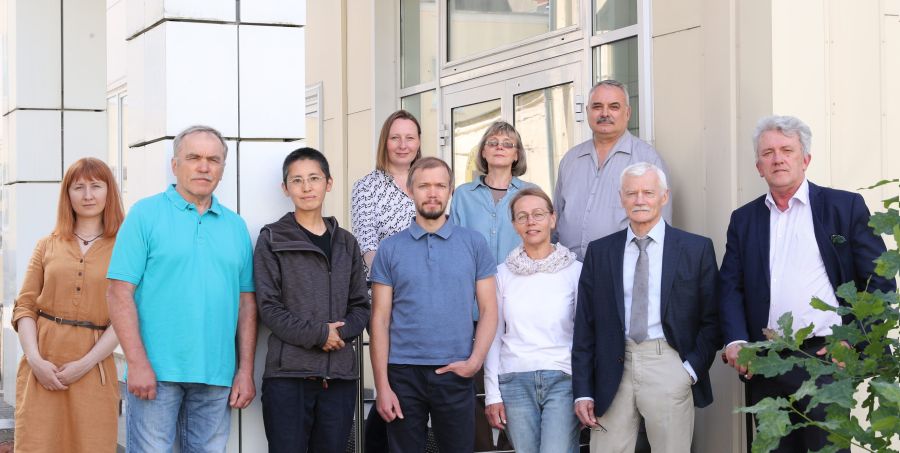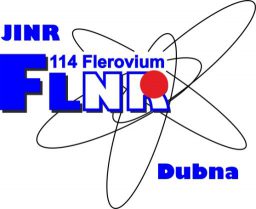Development of ion-selective track membranes for nanosensors and electrodialysis.

Track membranes exist for more than half a century and during this period they were used mostly for microfiltration and ultrafiltration. The areas of application were different – analytical works, water purification, purification of virus suspensions, purification of medical preparations, work with cell cultures. But the physical essence of those track membrane processes was the separation of suspended particles from dispersion medium. Recent decades rapid development of nanotechnologies and life sciences set scientists many new tasks and the membrane science ones are among them.
So-called ion channels play important role in the functioning of live systems. It’s very important to understand how these nanometer-sized channels work because they perform a variety of specific functions. That’s why creation of artificial analogues of ion channels became one of the challenges for both theorists and experimenters. Based on the fact that interaction of a high-energy ion with matter is concentrated in nanometric volumes JINR scientists started research and developments in new direction.
“Now track membranes are considered not just a kind of sieve to separate suspended particles but as a system providing controlled transport of ions and molecules”,- commented Pavel Apel, head of the Center of Applied Physics the idea of the new approach to the research. So the new approach assumes that all key experiments are performed with nanometric pores.
A team of JINR researchers develop ion-selective membranes to be manufactured by bombarding thin polymer films with accelerated heavy ions. In practice such membranes may be used in two ways. The first is the ion separation by electrodialysis, the second is creation of nanosensors based on the resistive-pulse principle. To understand practical use of films one needs proper understanding of the properties of track membranes with nanometer pores. A series of studies by JINR scientists was devoted to this problem (Fig.1). More about this work…
